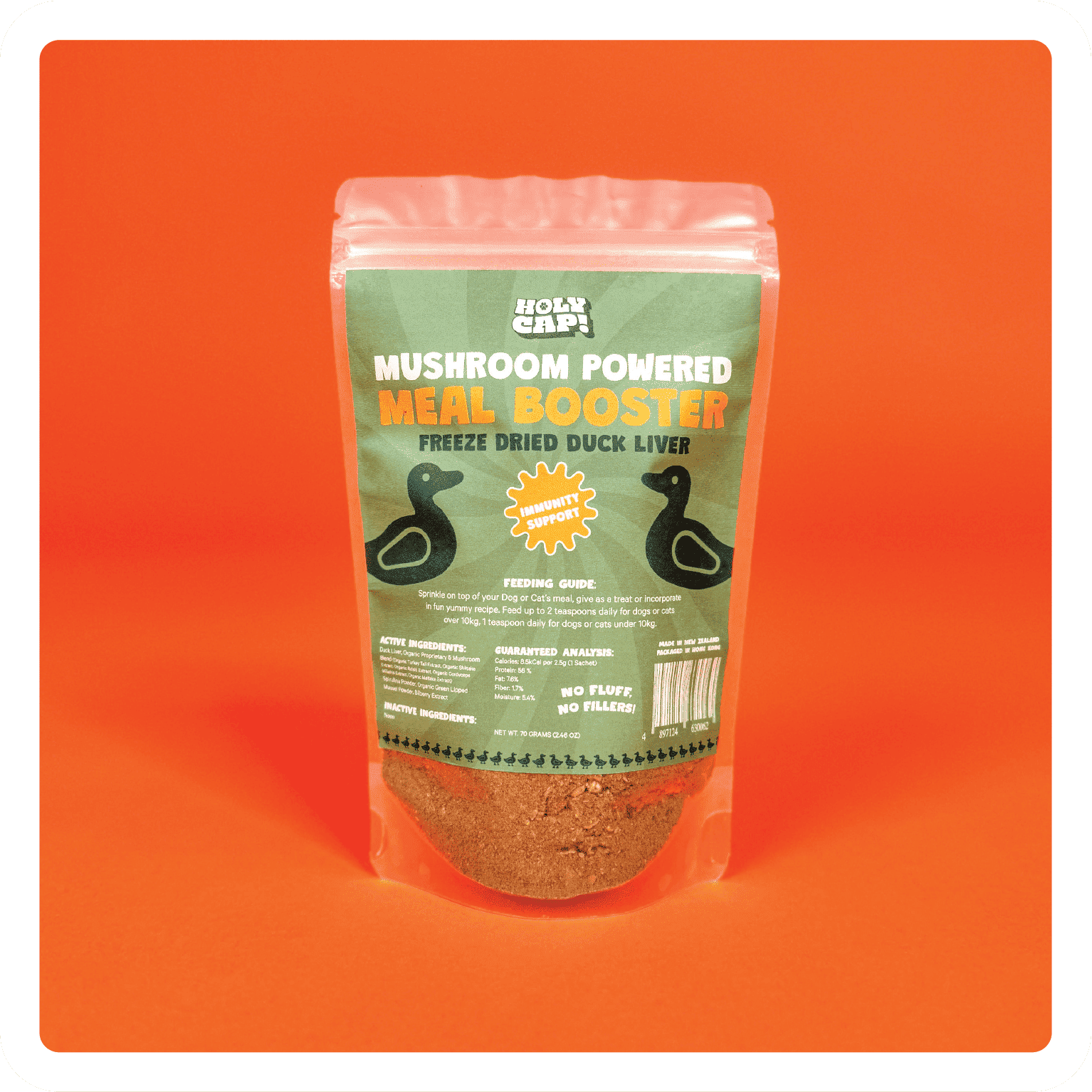
People are becoming more and more aware of their own health, and the important role nutrition plays. Naturally, this has created a shift in focus to our pets’ diets as well, and we have seen an increase in fresh pet food options. But with so many different brands and forms of pet nutrition being produced these days, knowing what to feed your pet can get a little overwhelming, so we’ve shared five top tips to consider when deciding what to feed your pet.
1. THE FRESHER, THE BETTER
The more you can avoid (heat) processed foods, the closer the diet mimics what your pet’s digestive tract was evolved to consume. While we believe raw pet food is your best bet, we understand that it’s not to everyone’s tastes, so the closer you can get to a fresh, whole meal, the more nutrients become readily available for your pet.
2. READ THE INGREDIENTS AND LOOK FOR ACTUAL FOOD TERMS
Actual food terms? What does that mean? It means you should be able to read the ingredients list and understand every single word of that ingredients list. Avoid foods that have vague terms such as "meat and animal derivatives" - that could be any animal or any part of the animal, which just won’t do!
We want to know what type of meat has been used, such as “chicken”, “turkey”, “duck” or “beef”, and what part of the animal such as “beef liver” or “beef kidney”.
3. AVOID SUGARS, PRESERVATIVES, AND COLORANTS
This one is a no brainer.
Many artificial food additives (such as preservatives and colorants) have been associated with a higher risk of chronic illnesses and cancers, which is the very thing we’re trying to avoid!
Although naturally found sugars, such as those in fruit, are safe in moderation, too much sugar can lead to issues with diabetes, weight gain and other health problems, which is why you should avoid added sugars and artificial ingredients at all costs.
4. THE SALT DIVIDER
Fans of pet nutritionist, Rodney Habib, will know of this telltale sign. Ingredients listed after salt in the ingredients list make up less than 1% of your pet’s complete feed. Your pet food might list all these amazing superfoods and top quality ingredients, but if it’s listed after salt, your pet is getting less than 1% of this in their diet!
5. WHERE ARE THE INGREDIENTS SOURCED?
All manufacturers should have a Certificate of Origin readily available for every single one of their ingredients. If it’s not listed on their website, manufacturers should still have no problems presenting this upon request. If not, then there’s something fishy going on here, and not the good Omega-3 fatty acid kind!

At the end of the day, when it comes to selecting the right diet for your pet, there is no “one size fits all” - pets of differing sizes, breed, gender, age and health conditions will all have very different requirements and rates at which they absorb the nutrients of their meals.
But with these tips, we hope that we can help you decide on the best option for your pet to help them lead a happy and healthy life.
Want to make your healthy pet food even healthier?
Try adding one of our mushroom-based supplements to your pet’s meal to optimize their health!





















